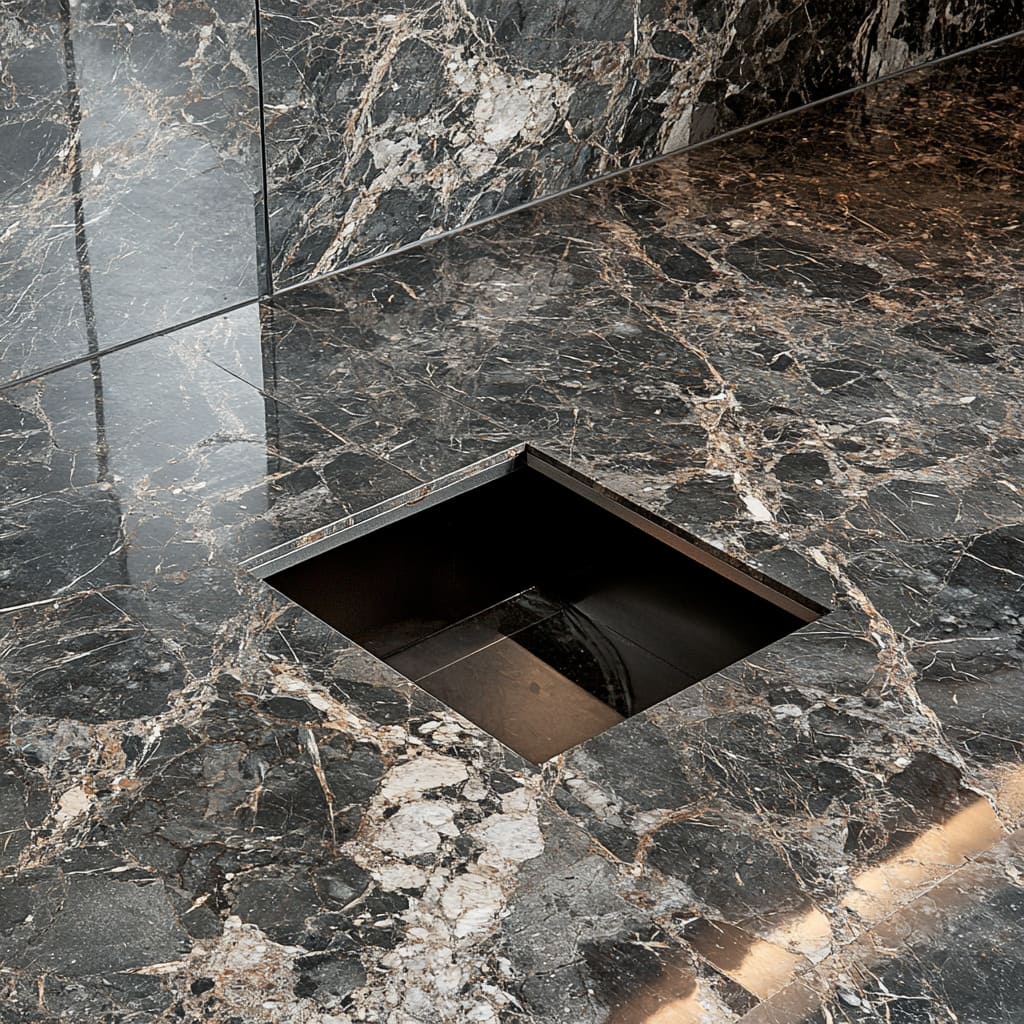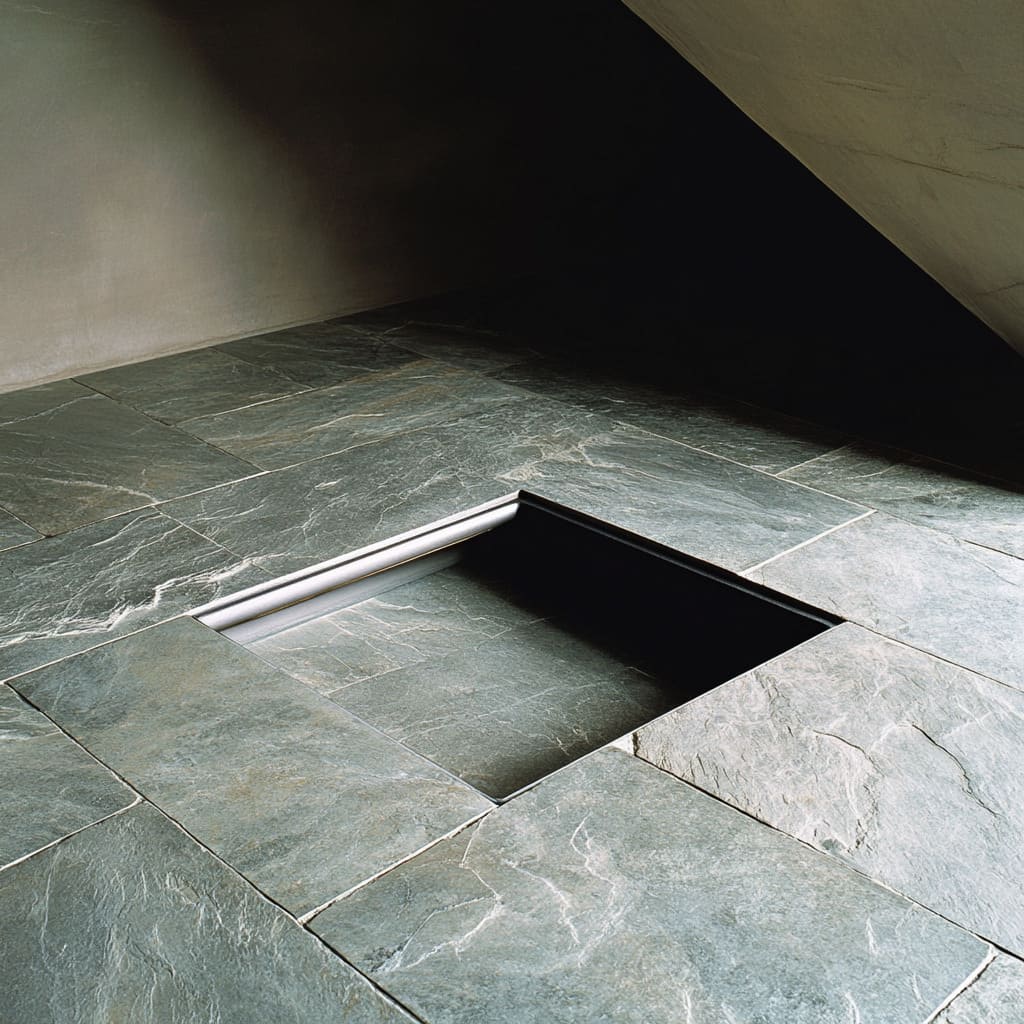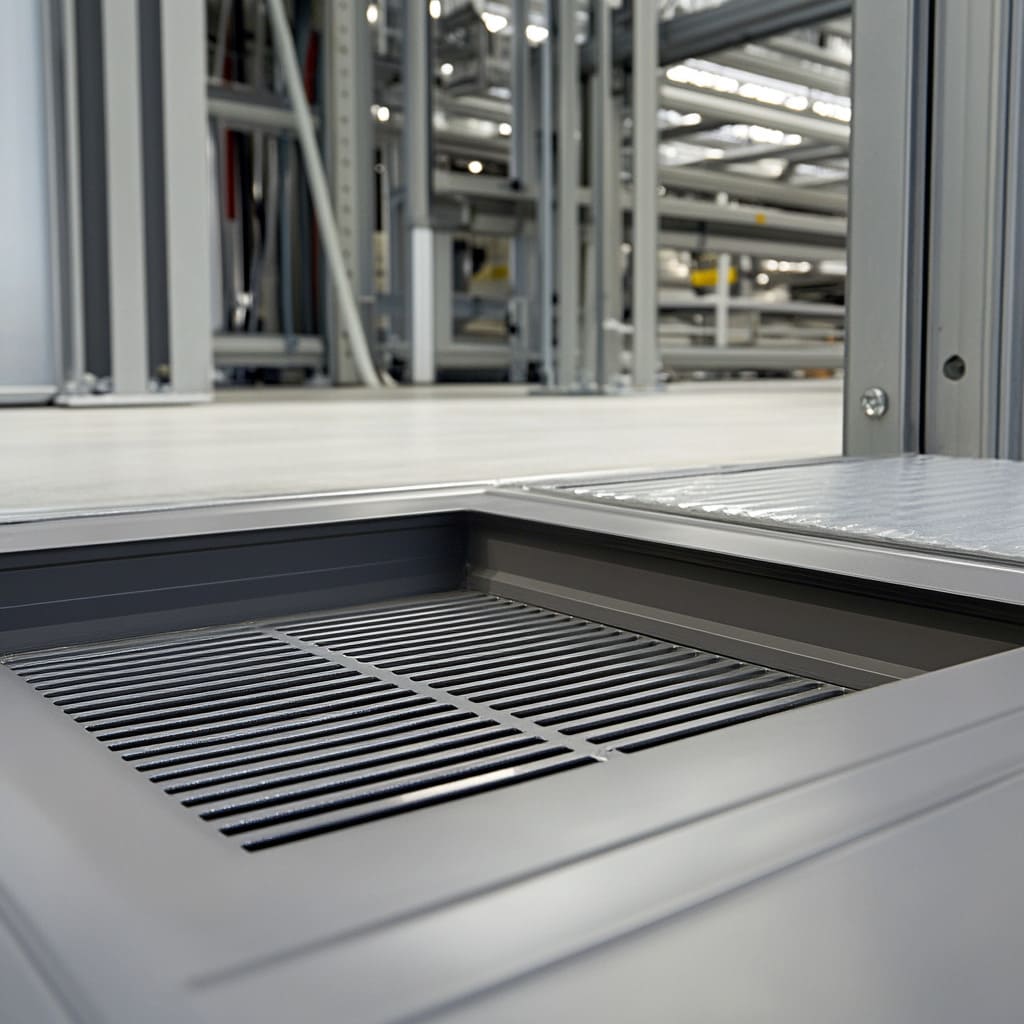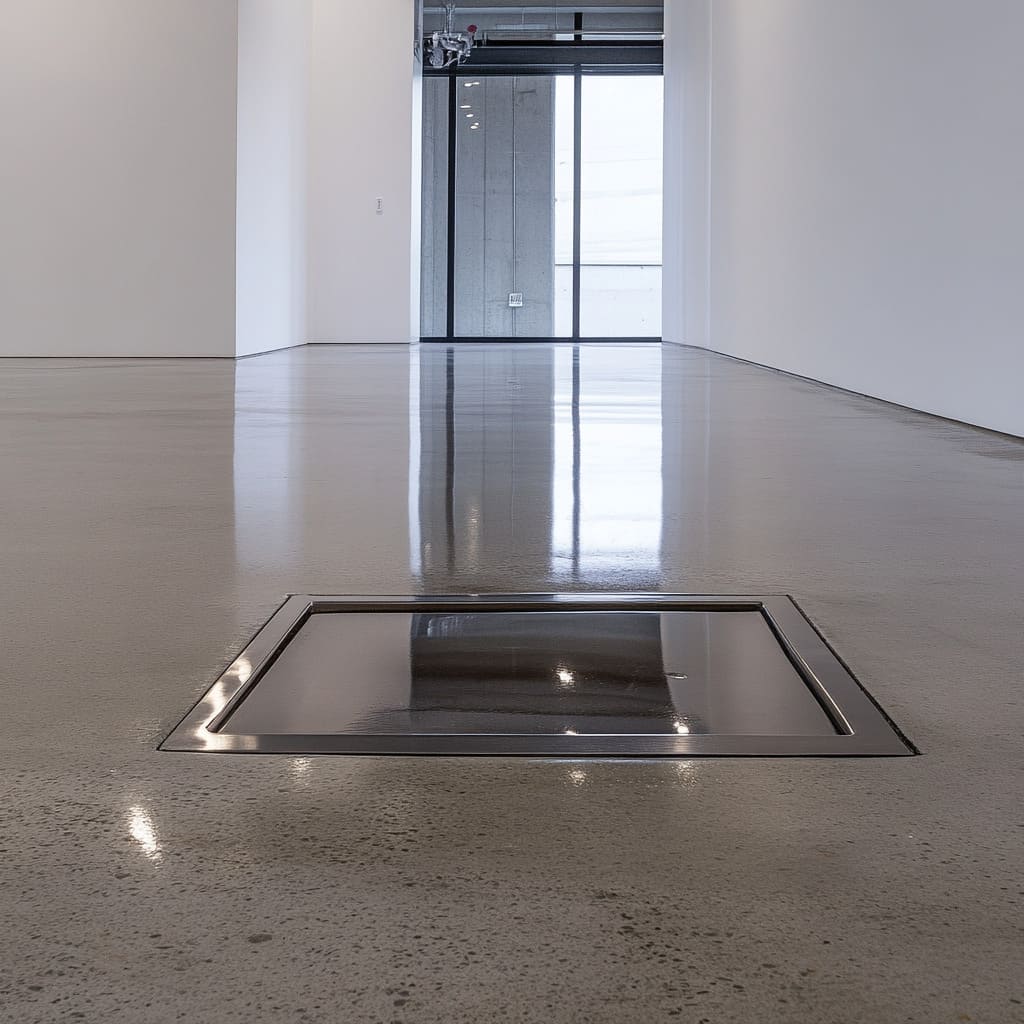Whether in residential spaces, commercial buildings, industrial facilities, or large-scale infrastructure, repairs can cause delays, disrupt operations, and lead to significant expenses. One way to reduce these risks is by installing floor hatches, which provide access to critical systems beneath the floor.
This article explains the importance of floor hatches and how they can help manage repair costs.
Why Do Floor Hatches Matter?
Floor hatches may seem like a minor part of a project, but they keep things running smoothly. Like access doors and panels, they allow quick and easy entry to pipes, wiring, and other essential systems.
Instead of tearing up large floor sections for maintenance or inspections, workers can simply open a hatch to reach specific areas, minimizing disruptions.
Here are their other benefits:
- Maintaining a Clean and Organized Space: Floor hatches give direct access to specific areas beneath the surface, allowing for targeted maintenance and inspection. This helps keep the environment organized, reducing the need for extensive work that may create clutter.
- Design Adaptability: Floor hatches, like the BAC-PPA-RE floor access door, designed to integrate with different flooring materials, offer flexibility to match various project needs. They can be installed in a range of environments—industrial, commercial, or residential—and adjusted to suit specific aesthetic or functional requirements.
- Reducing Maintenance Time: Floor hatches provide quick access to utilities for inspection and repairs, making it easier and faster for personnel to address issues without removing large sections of flooring. This can reduce downtime in facilities and promote efficient operations.
Ways Floor Hatches Can Help Manage Repair Costs:
- Durability Under Heavy Loads: In commercial and industrial settings, floors often support heavy equipment and traffic. Durable floor hatches are designed to withstand such demands, which can prevent damage and the need for future repairs.
- Debris Control: Dust and debris can accumulate over time, potentially interfering with systems located beneath the floor. Floor hatches facilitate access for regular cleaning and inspection, helping to maintain system efficiency.
- Protecting Floor Structure: Well-built hatches are designed to support the weight they are exposed to, helping to maintain the floor’s integrity. This can prevent the damage associated with less robust options.
- Access Control: Floor hatches can help secure critical systems beneath the floor, reducing the risk of unauthorized access and accidental damage.
- Corrosion Resistance: In areas exposed to moisture or chemicals, choosing corrosion-resistant materials for floor hatches can extend their lifespan, minimizing the need for replacements and repairs.
While floor hatches offer practical benefits, there are some considerations to keep in mind. Installation may require structural modifications and professional assistance, adding to initial costs.
Regular maintenance, such as cleaning and inspecting hinges or seals, is necessary to ensure long-term functionality. In some cases, floor hatches can pose tripping hazards if not installed flush with the flooring, and they may provide access risks without proper security measures.
Additionally, environmental factors like moisture and temperature can impact material durability, requiring corrosion-resistant options that might be more costly. Evaluating these aspects helps in making an informed decision that aligns with project needs.
How to Choose the Right Floor Hatch:
When selecting a floor hatch, several factors should be evaluated to ensure it meets the needs of the space:.
- Load Capacity: It’s important to assess the expected weight and traffic in the area where the hatch will be installed, such as in warehouses or factories, to choose one with suitable load-bearing capacity.
- Material Selection: Depending on the environment, different materials may be more appropriate. For example, aluminum is lightweight and corrosion-resistant, making it suitable for moist environments, while stainless steel offers greater durability for more demanding settings.
- Size and Accessibility: The hatch should be chosen based on the space and access requirements of the systems below. A hatch that provides adequate space for maintenance tasks can reduce the time and effort needed for repairs.
- Aesthetic Considerations: In areas where appearance matters, such as commercial spaces, choosing a floor hatch that blends well with its surroundings can maintain the visual appeal of the area.
- Regulatory Compliance: Ensuring the hatch complies with relevant industry standards and safety regulations is crucial for both safety and long-term functionality.
- Ease of Installation: Hatches designed for straightforward installation can save time and reduce costs. Opting for a model that integrates well with different floor types can also help minimize potential maintenance issues.
Summary
Floor hatches can be a practical addition to many spaces by providing easy access to critical systems. Their proper use and placement allow for routine inspections and maintenance, helping to address issues before they become more serious.
By understanding the benefits and selecting the appropriate model for your needs, floor hatches can contribute to efficient facility management and long-term cost savings.








